Teesside's last blast furnace closure made men cry - what happened next?
- Published
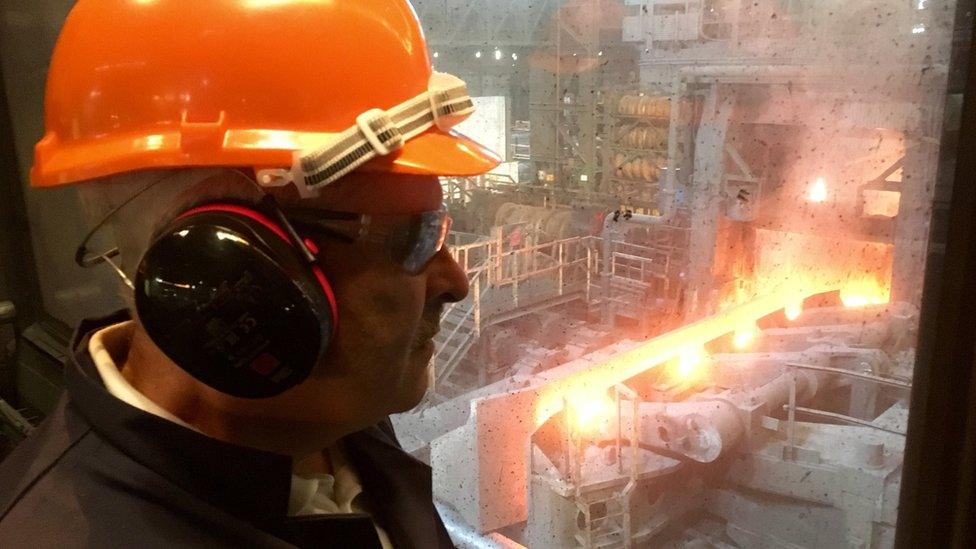
A white hot girder is being sliced like butter. Former steelworker Denis Alderson is watching the process, his ears and eyes protected from the noise and steel.
We are revisiting the beam mill at Lackenby where he started his career at the age of 16.
"You thought it was the end of the world!" he recalls.
"It was a terrifying place. It was hot, noisy, you're looking around you all the time wondering where the next beam's going to come from - am I safe?"
Today, the mill is one of only three main steel sites that operate in the area.
It is now owned by British Steel, external - a brand revived in 2016 by an investment group when it bought a division of Tata Steel.
Redcar steelworks closure: One year on
It is a clever use of the name that once defined the nation's steel industry, an industry that once employed around 33,000 on Teesside.
Today, it is around 1,200.
On 28 September last year, Sahaviriya Steel Industries UK (SSI) in Redcar was mothballed.
It brought 170 years of steelmaking on Teesside to an end.
The Thailand-based owners blamed the drop in the price of steel slab. Denis and almost 3,000 like him, lost their jobs.
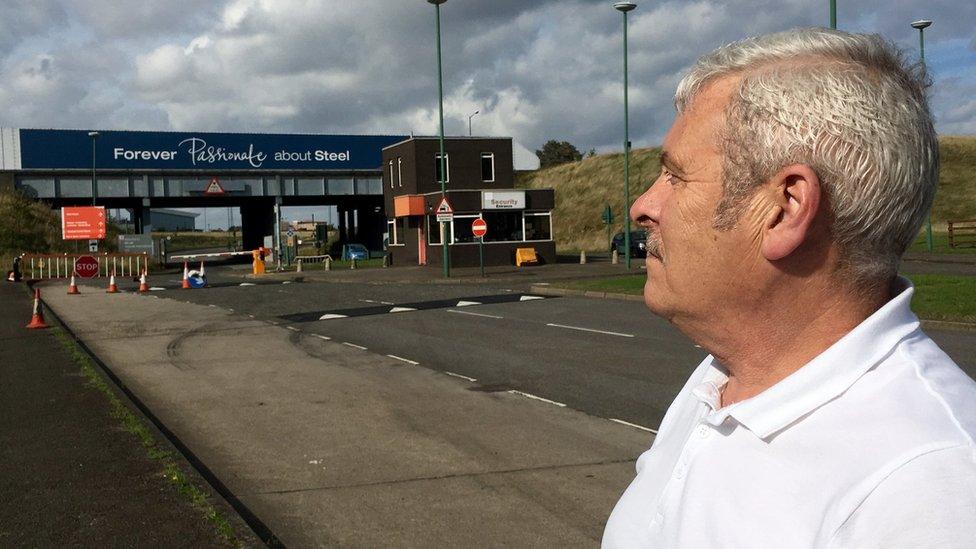
Outside the company's main gates, Denis recalls the moment he knew something was wrong.
"I was told our lockers were being emptied," he said.
"For me, that signalled the end. We went back to get our belongings and found most of our stuff had been put in skips."
Three hundred-mile 'commute'
There are many stories like that.
One worker got the news hours after his wife gave birth.
Another was on his honeymoon - his mates rang to tell him the news.
Grown men cried. The life they knew and their fathers or grandfathers knew, had all come to an end.
As Denis and I are talking, a car pulls up beside us.
Old colleagues of his are just "coming out to take a look".
The old steel sites are still an attraction. Their past preserved like a giant museum.
It is not the only reason workers come here. The mobile cafe outside SSI is still up and running.
But after the site closed down, the breakfast queues vanished, so they have started serving a Teesside favourite - the Parmo - for lunch instead.

SSI UK

SSI UK at Redcar mothballed on 28 September 2015
SSI UK goes into liquidation on 2 October 2015
2,915 estimated job losses from SSI UK and supply chain
Mayor due to be appointed in 2017 to help develop the site and surrounding area

Lucky one
People are adapting.
Denis has a new job as a driver and his son-in-law David now works in the windfarm industry - but there's a catch. Both men earn less than they did at SSI.
David also has to commute between Teesside and Brighton, over 300 miles away.
"It's really upsetting," he sighs.
"I'm not seeing the children grow up. They both play football for the towns and to come home after two or four weeks and see the progression they've made, it upsets me".
Many workers say the latest Task Force figures, external are not what they seem. The group set up to support workers claims one year after the site was mothballed, 94% of SSI jobseekers are now in work or training.
Yet the type of work they have and the hours and wages have yet to be scrutinised.
A long-term study has been commissioned by the government and the results will be published at a later date.
Denis says he is one of the lucky ones.
"My job involves a lot of hours for a lot less money. One day I might be in Exeter, the next in Wales, but at the end of the day, it's a job. It puts meals on the table".
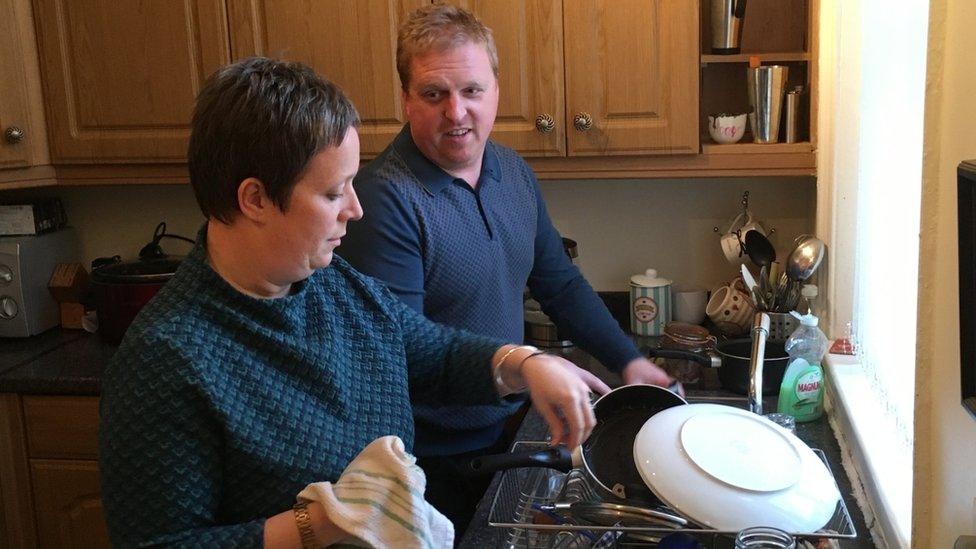
At a house in Sunderland, Anna Maven and her husband Paul have just finished their meal and are planning their daughter's birthday party.
They too, consider themselves lucky.
'A catalyst'
When SSI was mothballed, Anna started writing the steelworkerswife blog, external.
About a year ago, this is what it said: "The thought of Paul not working and the loss of money hit me and the tears sprung... what would we do? How will we cope?"
They have coped.
Today, Paul is working at Nissan and Anna is training to become a teacher.
"The closure of SSI was the catalyst," she said.
"Becoming a teacher was something I'd thought about for a lot of years and now I've got the chance to do it."
As for the blog, Anna says she hasn't written for a while because things have moved on.
"Maybe I should do something" she says. "Maybe I should update the people who supported us."
Much of that support has come from fellow steelworkers and their families.
Even now, if one worker hears of a job opening, they will ring round to see if anybody else is looking for one.
Steelmaking has ended here, but the steel community is still strong.
A community that helped make the Sydney Harbour Bridge, the new World Trade Center and the Shard.
Those landmarks will still be standing, long after the SSI site becomes something new.
- Published19 September 2016
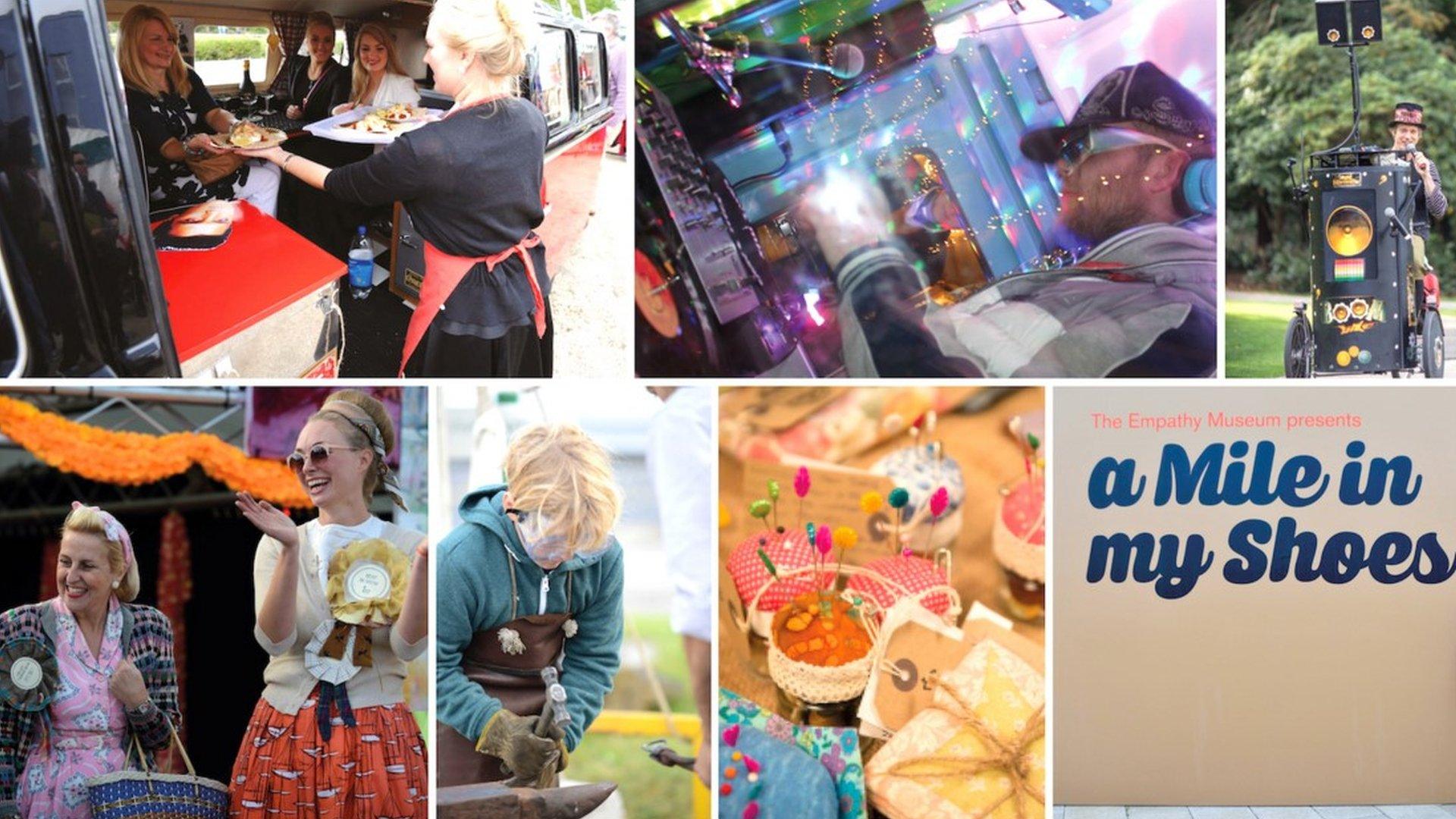
- Published26 September 2016
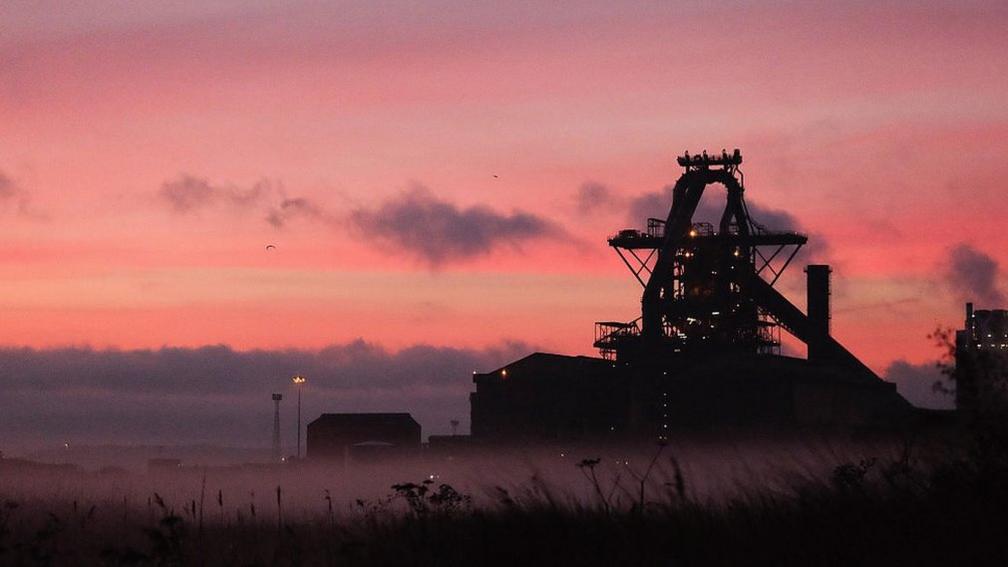
- Published13 September 2016
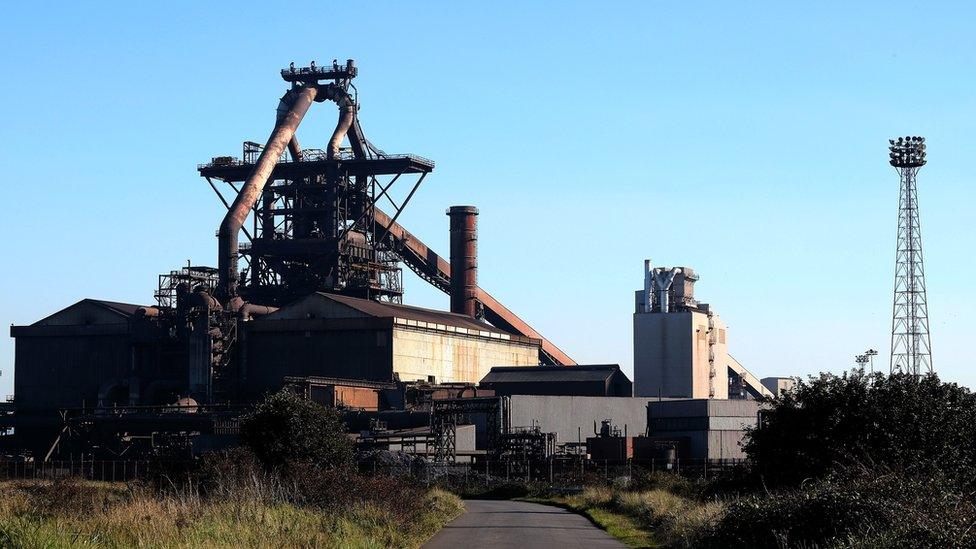
- Published3 March 2016
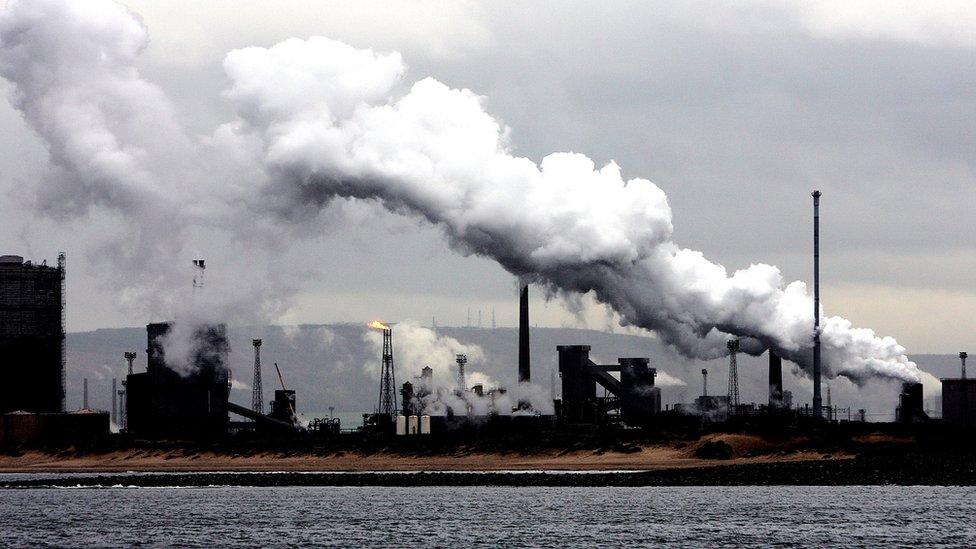
- Published12 October 2015
